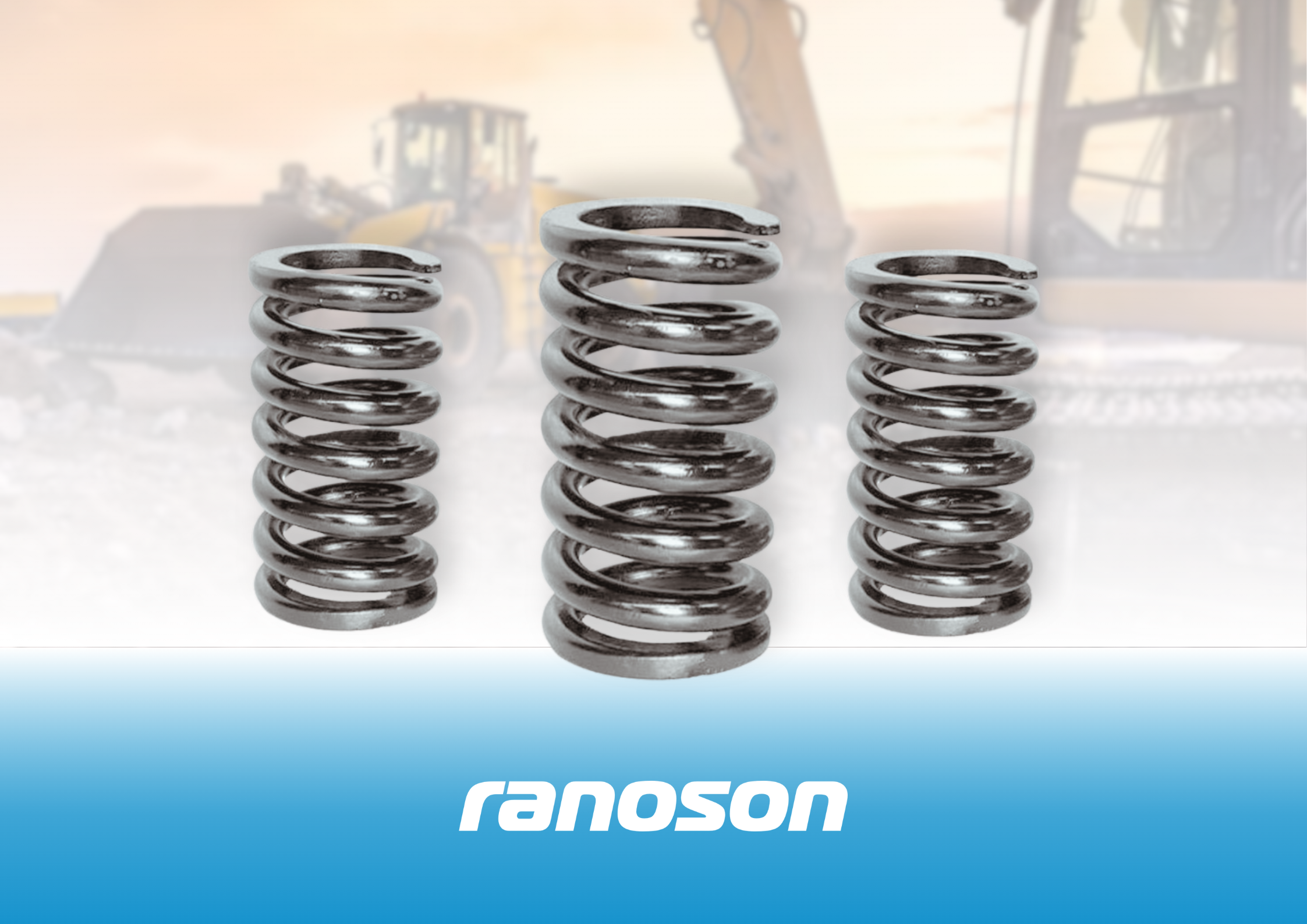
The Backbone of Heavy Machinery: Industrial Springs Explained
Posted on: 17 Sep, 2025
When you think about what makes heavy machines reliable, engines, hydraulics, or steel frames may come to mind first. But here’s the thing: without heavy-duty springs, much of that equipment would fail to function properly. Springs may be small compared to the machines they support, but they carry an enormous responsibility. They manage loads, absorb shocks, and maintain stability in environments where failure is not an option.
What makes a spring heavy-duty?
A heavy-duty spring is not simply a bigger version of a regular spring. It is designed with thicker wire, higher tensile materials, and precise heat treatment to withstand extreme stress cycles. These springs are built to handle intense loads without deforming or losing strength over time. The design considers factors like fatigue resistance, load distribution, and operating environment.
Where they are used
Heavy-duty springs show up in more industries than most realise. Here are some common examples:
- Automotive and transportation: Suspension systems, braking mechanisms, and heavy vehicles rely on large coil springs to absorb shocks and stabilise performance.
- Construction and mining equipment: Excavators, loaders, and drills depend on springs to endure repeated heavy impact while keeping operators safe.
- Industrial presses and stamping machines: Springs balance enormous forces to keep tooling precise and consistent.
- Energy and power generation: Turbines and compressors use springs to manage vibrations and maintain alignment under fluctuating loads.
- Agriculture machinery: Tractors, harvesters, and tillers need springs that stand up to dirt, moisture, and constant strain in the field.
How they perform under extreme conditions
Industrial environments are tough. High temperatures, corrosive chemicals, constant vibration, and unpredictable shock loads are part of daily operations. Heavy-duty springs are engineered to take these conditions in stride. That involves:
- Material selection: Alloy steels, stainless steels, and specialty grades are chosen to resist fatigue and corrosion.
- Surface treatments: Coatings like phosphate, zinc, or epoxy extend life by protecting against rust and wear.
- Precision design: Load ratings, coil pitch, and stress distribution are calculated to prevent premature failure.
- Quality testing: Springs are cycled thousands or even millions of times during testing to prove their endurance before going into equipment.
The role of springs in safety
One overlooked fact is how central springs are to operator and equipment safety. A failed spring in a suspension system or industrial press can cause accidents, costly downtime, or equipment damage. Heavy-duty springs are essentially safety components. They keep heavy equipment stable, precise, and safe under extreme use.
Balancing strength and flexibility
The challenge in heavy-duty spring design is balance. The spring must be strong enough to carry heavy loads but flexible enough to absorb shock and return to shape. Too stiff, and it may transfer stress to other components. Too flexible, and it may fail under repeated use. This balance comes from smart engineering, material science, and consistent quality control.
Case in point
Consider an excavator working in a quarry. Each time the bucket strikes rock, the machine faces an impact load. Springs inside the suspension and hydraulic systems absorb that energy. Without them, the machine would wear out faster, the operator would feel the full shock, and maintenance costs would spike. This is where the value of well-made heavy-duty springs becomes clear.
Choosing the right supplier matters
Not all springs are built equal, and this is especially true for heavy-duty applications. The right supplier understands your industry’s conditions and tailors springs accordingly. That means choosing the right wire grade, applying the right surface coating, and ensuring consistent dimensional accuracy. Skipping on these details is not saving money, it is inviting future failures.
Heavy-duty springs may not always be visible in industrial equipment, but they are among the most important parts keeping everything running. They take on the load, absorb the shocks, and protect both machines and operators from failure. Choosing the right design and the right partner ensures that your equipment is not just functional but dependable over time.
At Ranoson, we manufacture springs engineered for performance in demanding industrial environments. If you want your equipment to run longer, safer, and with fewer breakdowns, let us help you match the right spring to the right application.
📧 sales@ranoson.co.in
📞 +91 7895010088 | +91 7217013190
